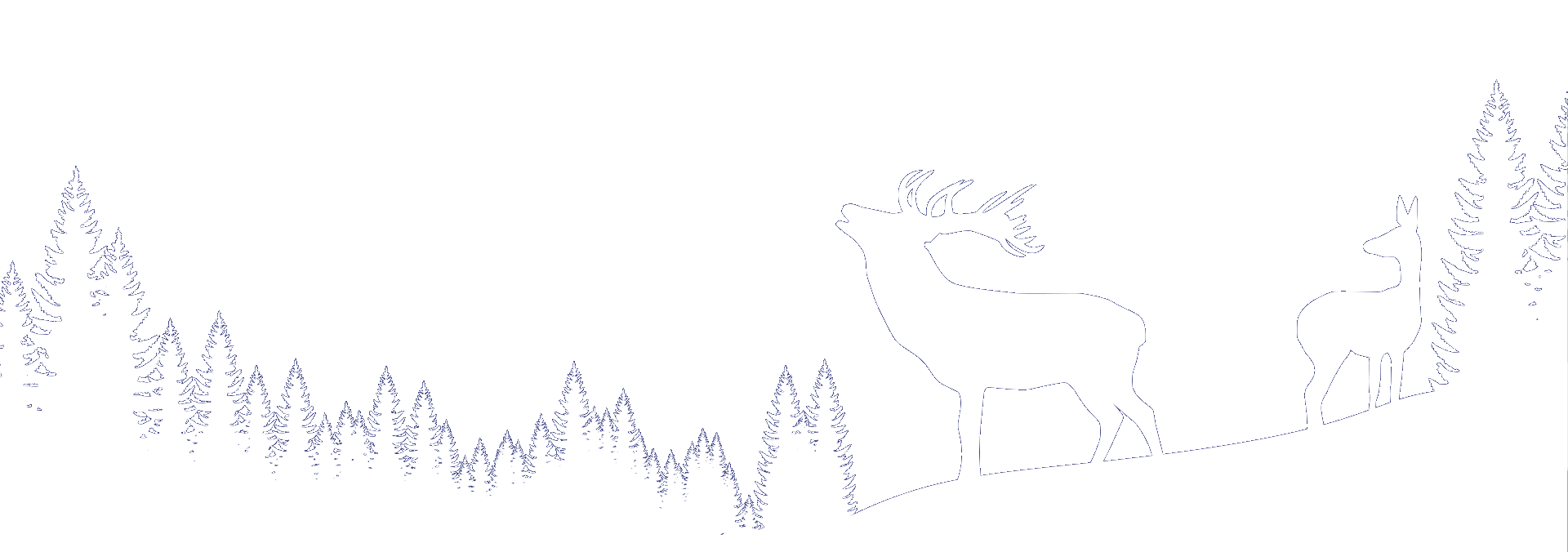Pronghorn Migration
Federal grants allow Montana to look at big game movements.
This research in the Madison Valley will help wildlife managers conserve one of Montana's largest pronghorn herds.

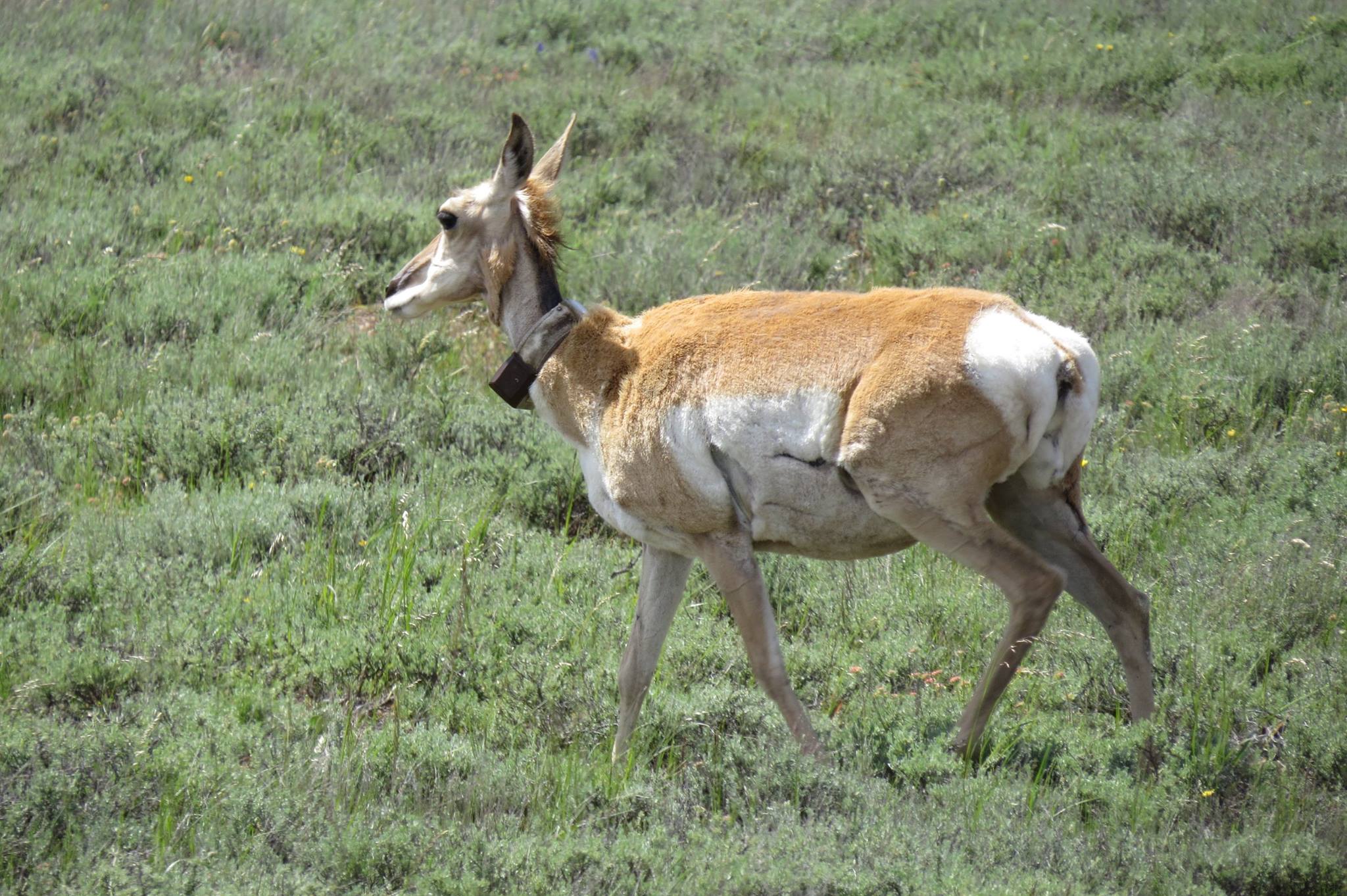
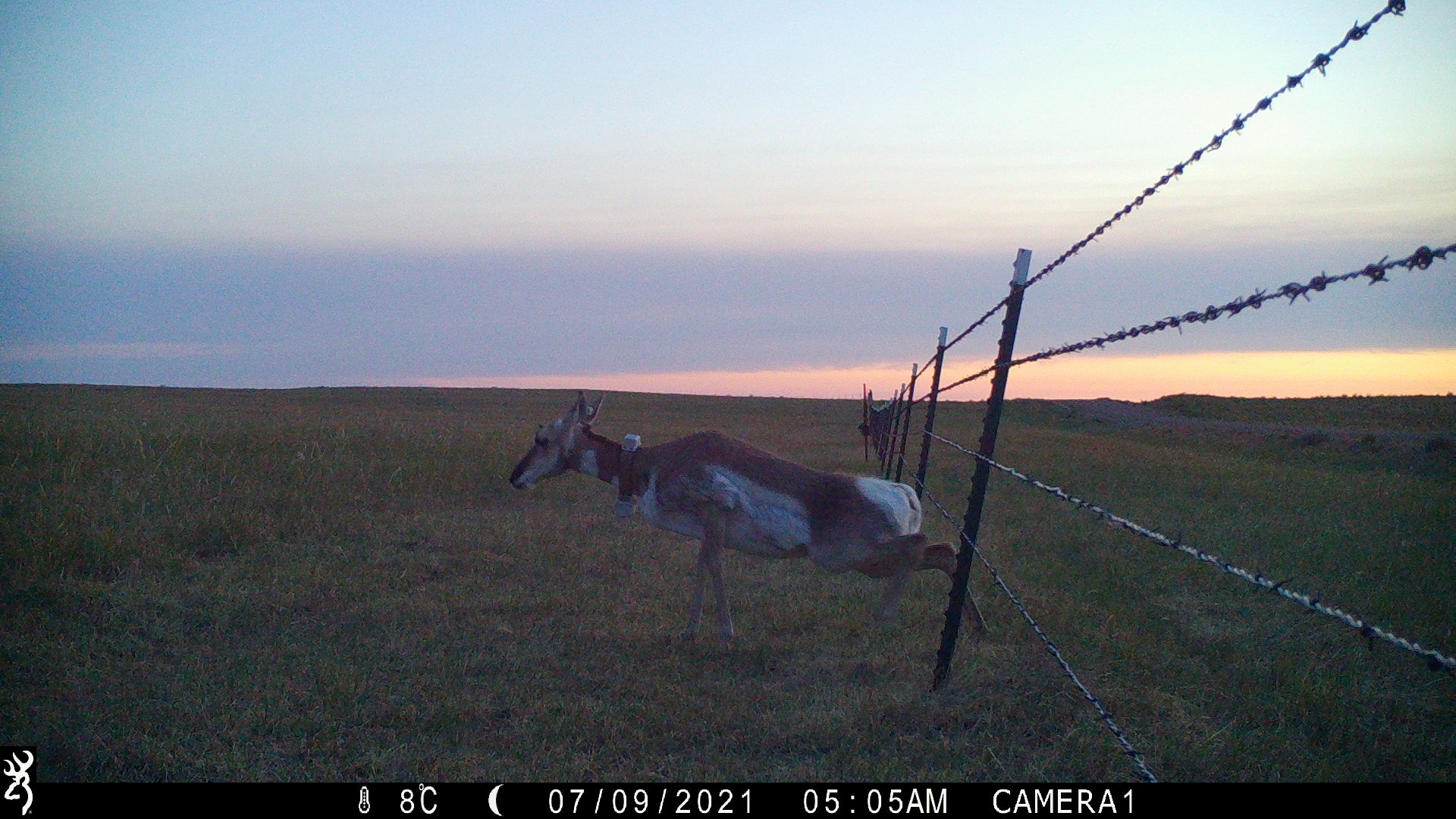
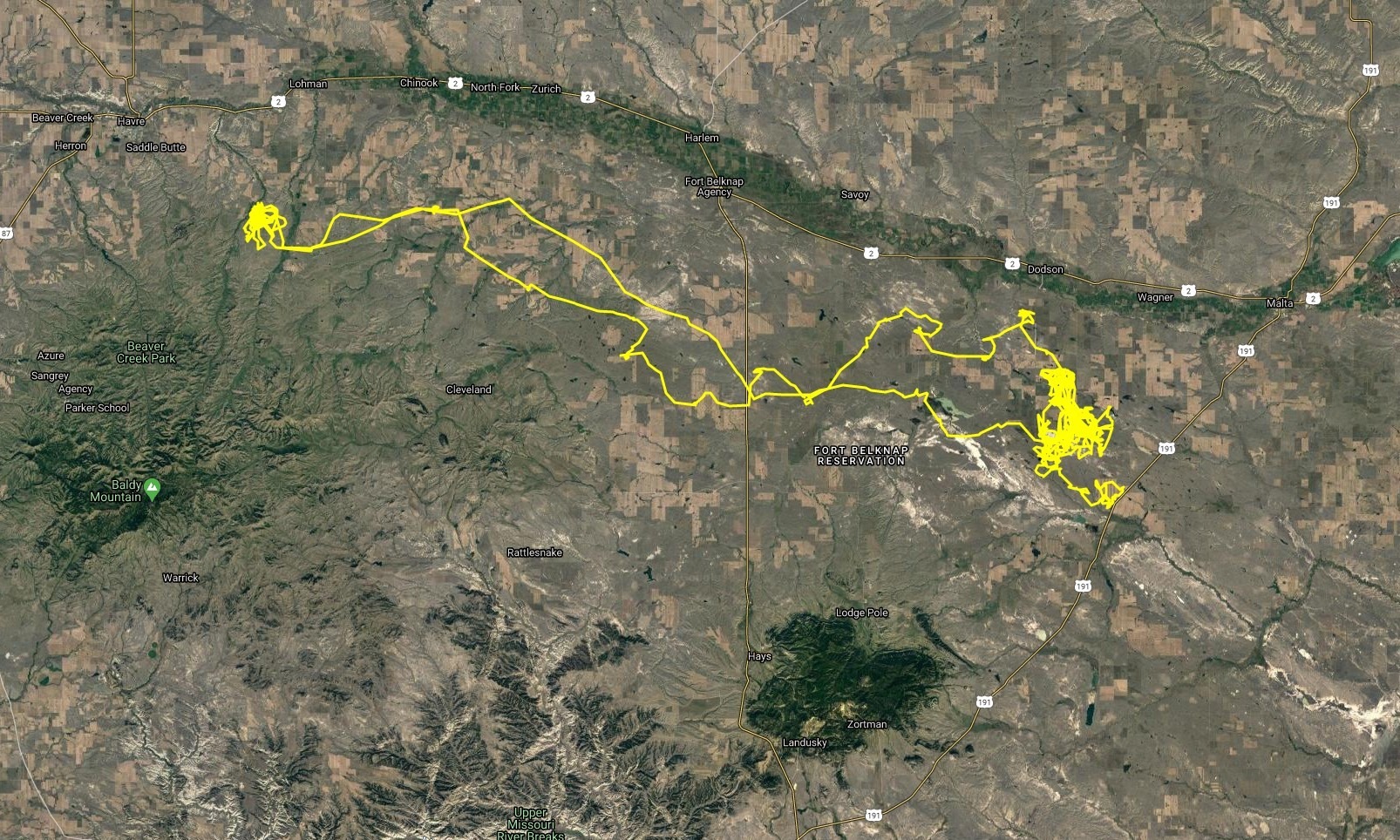
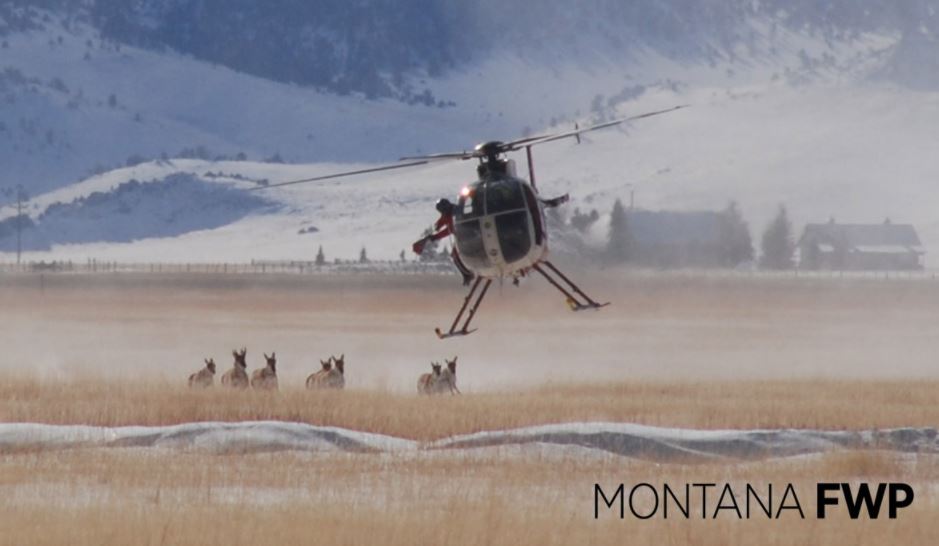
Collaborative work in Northeast Montana to increase the ability of pronghorn to move across the landscape has involved private landowners, the Ranchers Stewardship Alliance, US Fish and Wildlife Service and Montana Fish, Wildlife and Parks. These types of collaborations ensure everyone has a seat at the table to seek and implement effective solutions that benefit migrating wildlife.
Montana’s estimated 158,000 pronghorn comprise one of the largest populations across the species’ continental range, second only to Wyoming’s. Montana also has the second highest pronghorn harvest in the United States. In addition to the recreation they provide to hunters and others who enjoy seeing these symbols of the Great Plains, pronghorn may also be an “umbrella” species for sagebrush-grasslands. In other words, by conserving pronghorn using information from this study, Montana private landowners and public land managers could in turn indirectly conserve the many other species living in sagebrush prairies.
A six-year Montana study meshes with initiatives across the western United States to identify and protect big game migration corridors and winter ranges. The study is a collaborative effort by the Bureau of Land Management, University of Montana, National Wildlife Federation, FWP, and many local conservation organizations and private landowners. Once completed, this study and others will help FWP, landowners, and other conservation partners understand where they need to help unblock big game movement barriers and improve critical migration routes.
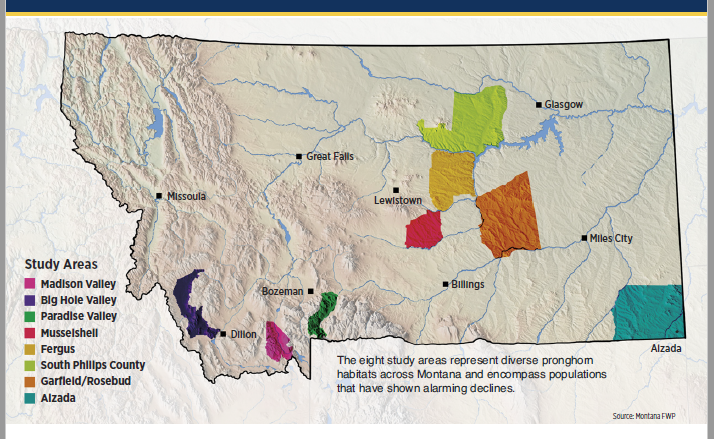
Preliminary findings from a pronghorn tracking study in south Phillips County. The map below shows the detailed movements from the first 60 female pronghorn that were captured in south Phillips County as part of the larger, statewide Pronghorn Movement and Population Ecology Study. This data represents all movements from collared individuals from February 23rd, 2020, through March 15th, 2021. During that period there were 15 individuals that either had mortality events or collar failure, and due to this, some data do not encompass that entire time. The project is still collecting data and so far, we see female pronghorn selecting for a variety of habitat types across the area and a choosing different movements patterns (i.e., migratory or residential) to access resources. This project has been particularly successful as it involves collaborative efforts of biologists, landowners and organizations. Maps like these represent only a sample of animals from one study area. Other pronghorn in other areas of Montana require the same sort of conservation and management focus even when detailed data of their individual movements have not been collected.
![]()
Federal grants allow Montana to look at big game movements.
This research in the Madison Valley will help wildlife managers conserve one of Montana's largest pronghorn herds.
